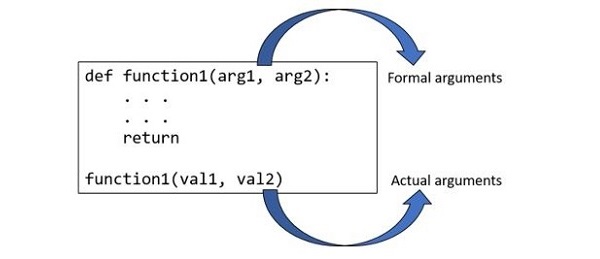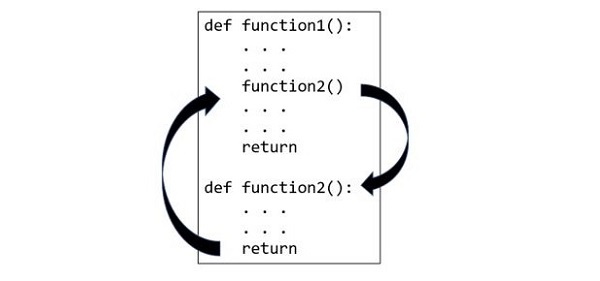How do you separate input and output in Python?
How do you separate input and output in Python?
Separating input and output is crucial in programming, and Python provides various ways to accomplish this task.
Input Methods
In Python, there are several methods to obtain user input:
input(): This is the most common method to get user input. The input() function takes a string as an argument, which is displayed to the user as a prompt. The function waits for the user to enter some data and then returns that data as a string.
Example:
name = input("What's your name? ")
print("Hello, " + name + "! ")
raw_input() (Python 2.x): This method is similar to input(), but it does not evaluate the user's input as Python code. It returns a string.
Example:
name = raw_input("What's your name? ")print("Hello, " + name + "! ")
sys.stdin.read() (Python 2.x): This method reads a line from standard input and returns it as a byte string.
Example:
import syswhile True:
line = sys.stdin.read()
if not line: break
print("You entered: " + line)
turtle.textinput() (Python 2.x): This method is specifically designed for turtle graphics and gets user input in the form of a string.
Example:
import turtlescreen = turtle.Screen()
text = screen.textinput("Enter some text", "What's your name? ")
print(text)
sys.stdin.readline() (Python 2.x): This method reads a line from standard input and returns it as a byte string.
Example:
import syswhile True:
line = sys.stdin.readline()
if not line: break
print("You entered: " + line.strip())
json.load() (Python 2.x): This method reads JSON data from a file or standard input and returns it as a dictionary.
Example:
import jsondata = json.load(sys.stdin)
print(data)
pexpect.spawn() (Python): This method is specifically designed for interactive shells and allows you to simulate user interactions, such as entering text and pressing Enter.
Example:
import pexpectchild = pexpect.spawn('python')
child.sendline('name = "John"n') # enter the code
child.expect('> ') # wait for the prompt
print(child.before) # print the output
Output Methods
Python provides several methods to display output:
print(): This is the most common method to display output. The print() function takes an argument, which can be a string or any other printable object.
Example:
name = "John"print("Hello, " + name + "! ")
sys.stdout.write() (Python 2.x): This method writes data to the standard output.
Example:
import syssys.stdout.write("Hello, John! n")
turtle.textoutput() (Python 2.x): This method is specifically designed for turtle graphics and displays text on the screen.
Example:
import turtlescreen = turtle.Screen()
print("Hello, John!", "Welcome to Turtle Graphics!")
sys.stdout.write(), followed by a newline character (n) (Python 2.x): This method writes data to the standard output and adds a newline character at the end.
Example:
import syssys.stdout.write("Hello, John!n")
In conclusion, Python provides various methods for input and output operations. The choice of method depends on the specific requirements of your program and the level of control you need over the input/output process.
Input and output function in Python tutorialspoint

Here is a comprehensive introduction to input and output functions in Python using tutorialspoint:
Introduction
Input and Output (I/O) operations are fundamental in any programming language, including Python. I/O operations allow your program to interact with the user, read data from various sources, and write data to files or other destinations. In this tutorial, we will explore input and output functions in Python.
Input Functions
Python provides several built-in input functions that enable you to take user input and perform various tasks. Let's look at some of these functions:
input(): This is the most basic input function in Python. It prompts the user for input and returns a string containing the user's response.

Example:
name = input("What is your name? ")

print("Hello, " + name + "!") # Output: Hello, John!

raw_input(): This function is similar to input(), but it preserves the newline character (n) at the end of the user's response.
Example:
name = raw_input("What is your name? ")
print(name) # Output: What is your name?John
Output Functions
Python also provides several built-in output functions that allow you to print data to the console, write to files, or perform other output operations. Let's explore some of these functions:
print(): This is the most basic output function in Python. It prints its argument(s) to the console.
Example:
print("Hello, World!") # Output: Hello, World!
input(): Believe it or not, input() can also be used for output! When you pass a string as an argument, it will print that string to the console.
Example:
name = "John"
print(input("Hello, " + name + "!")) # Output: Hello, John!
open(): This function allows you to write data to a file. It returns a file object that you can use to perform various I/O operations.
Example:
with open("example.txt", "w") as f:
f.write("Hello, World!")
sys.stdout.write(): This function writes its argument(s) directly to the console.
Example:
import sys
print(sys.stdout.write("Hello, World!")) # Output: Hello, World!
Conclusion
In this tutorial, we have explored input and output functions in Python using tutorialspoint. We have seen various built-in input functions, including input() and raw_input(), and several built-in output functions, such as print(), input(), open(), and sys.stdout.write(). With these I/O operations, you can create interactive programs that read data from users and write data to files or other destinations.
References
Python Tutorial: Input/Output Functions tutorialspoint: Python Input/OutputI hope this helps! Let me know if you have any questions.





























